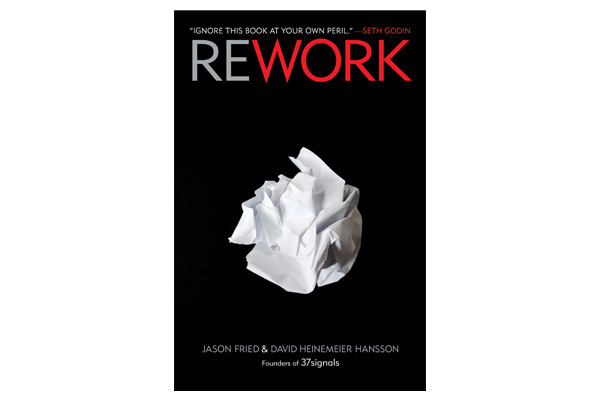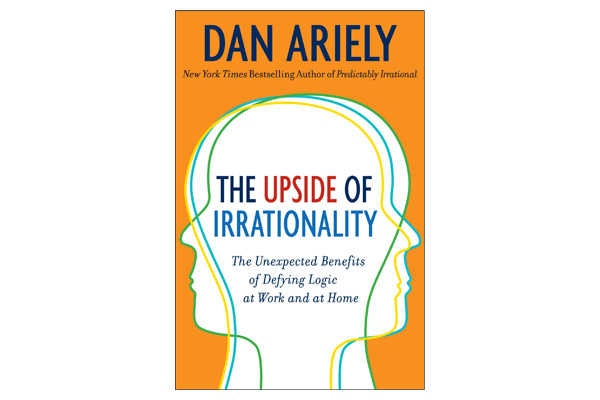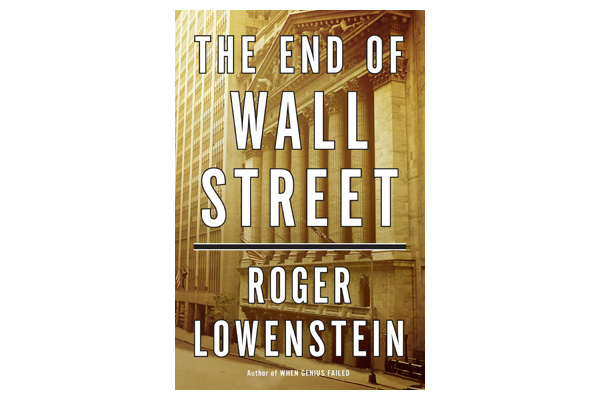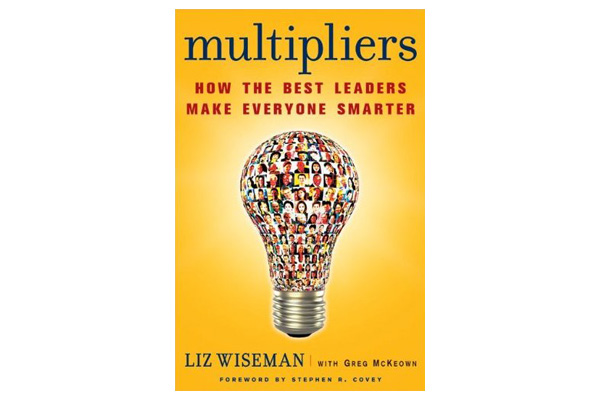
A trip to Tihar
After his arrest by the CBI in the Commonwealth Games Scam, Suresh Kalmadi may very soon find himself amongst familiar faces in the country's largest jail. The Tihar Jail complex houses ten prisons and 12,000 prisoners against the sanctioned capacity of 6,250. Here are the top 10 high profile Tihar inmates.

A Raja
The most high-profile of all the high-profile Tihar inmates, is a former Union Cabinet Minister and also a leader of DMK. He is in jail following his arrest in the 2G Spectrum Scam.

RK Sharma
Former IPS Officer RK Sharma is serving a life term in Tihar for his involvement in the mirder of journalist Shivani Bhatnagar.

Lalit Bhanot
Known as Suresh Kalmadi's right hand man, Lalit Bhanot was the Commonwealth Games Organising Committee Secretary-General and was arrested by the CBI in connection with the CWG Scam.

Manu Sharma
Siddharth Vashisht aka Manu Sharma, son of senior Congress leader Venod Sharma, is serving a life term for the murder of model Jessica Lall.

Santosh Singh
Santosh Kumar Singh, son of former IPS officer JP Singh, was awarded a death sentence in the rape and murder of Delhi college student Priyadarshini Mattoo. His sentence was latter commuted to life imprisonment.

Vinod Goenka
The billionaire behind bars, Vinod Goenka is the managing director and co-founder of the real estate company DB Realty. He was arrested by the CBI for his alleged involvement in the 2G Spectrum Scam.

Sanjay Chandra
Unitech managing director Sanjay Chandra is in custody for his alleged involvement in the multi-crore 2G Spectrum Scam.

Gautam Doshi
Another high-profile 2G Scam accused lodged in Tihar is the group managing director of Reliance – Anil Dhirubhai Ambani Group, Gautam Doshi, Group

VK Verma
VK Verma was the director general of the Commonwealth Games Organising Committee and is lodged in Tihar following his arrest in the CWG Scam.

Who's next?
If the series of high-profile arrests continue, who will be Tihar's next very important prisoner? Watch this space.





































